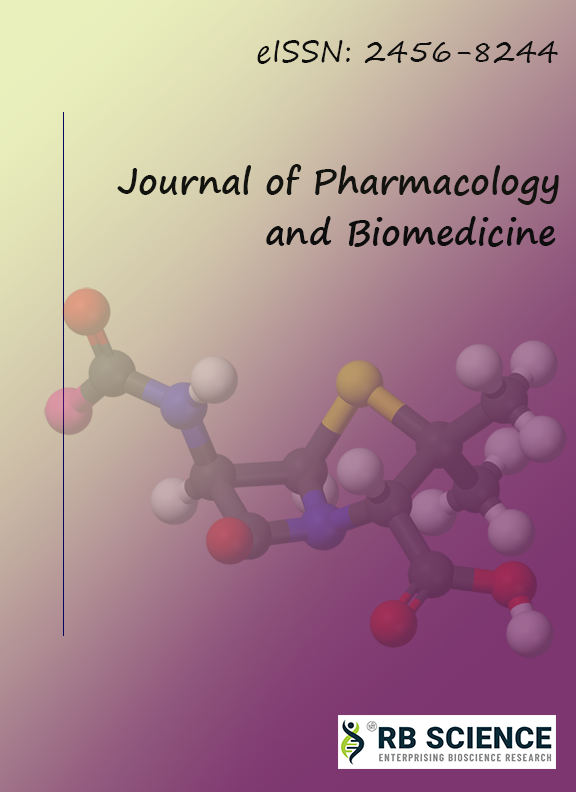The objective of the present study was to assess the antioxidant potential of different leaf extract of Petunia hybrida using the in vitro model. The extraction ability of different solvents for recovering extractable components from leaves followed the order: ethanol>chloroform>aqueous>pet ether. The findings of preliminary phytochemical analysis suggest the presence of alkaloids, saponin glycosides, phenolics, terpenoids, sterols, and flavonoids in the leaf of the plant. The total phenolic content of pet ether, chloroform, ethanol and aqueous extracts of Petunia hybrida were 16.18±0.89, 23.97±0.61, 71.77±0.59 and 31.38±0.36 GAE mg/g, respectively. All the extracts were subjected to in vitro determination of antioxidant potential by DPPH method. The IC50 value of the DPPH scavenging potential for the chloroform, ethanol and aqueous extracts was found to be 163.3, 96.1 and 153.2 µg/mL respectively. The reducing potential was found to be dose dependent and the followed the order ethanolic>aqueous>chloroform. The IC50 value of the percent HRSA for the chloroform, ethanol and aqueous extracts was found to be 225.90, 172.02, and 177.7 µg/mL respectively. The IC50 value of the percent PRP for the chloroform, ethanol and aqueous extracts was found to be 226.17, 172.72, and 223.14 µg/mL respectively. It was found that the chloroform fraction was best able to inhibit the phosphomolybdenum complex.

NAMES:
ONLINE ISSN:2456-8244
Keywords: Petunia hybrida, DPPH, antioxidant, phosphomolybdenum, extract, hydroxyl, scavenging
DOI: